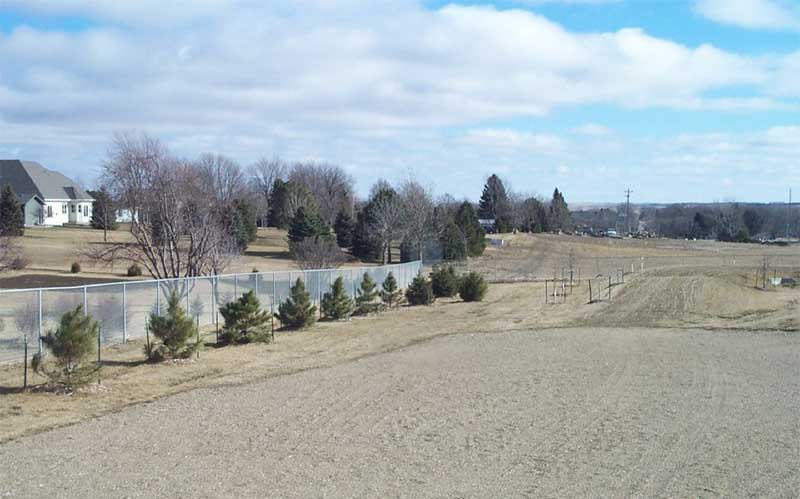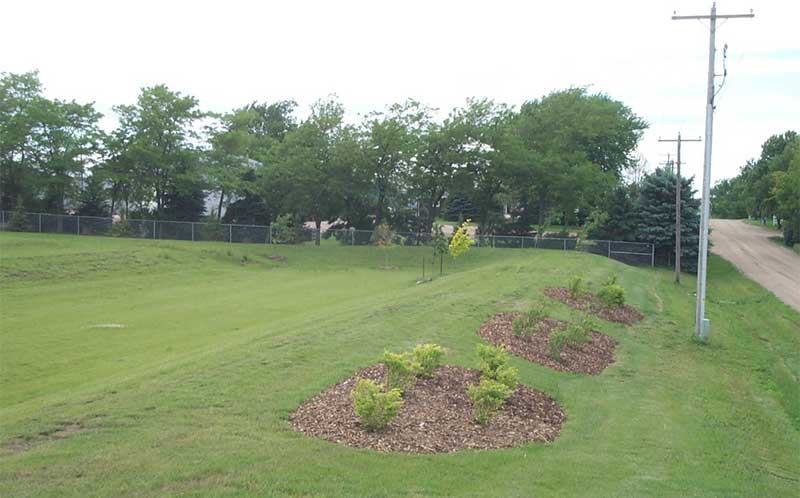Community Assistance Program (CAP)
The Lewis and Clark Natural Resources District (LCNRD) budgets each year to assist communities and other public entities in enhancing and protecting natural resources through the Community Assistance Program (CAP). Applications are accepted year round and requests approved on a first come first serve basis. Any project havinga positive impact on natural resources will be considered by the LCNRD board for approval. Generally each project is approved for a maximum $1000 to $1500 for planned activities with a 50% funding match requirement.
Public entities, such as ball clubs, schools, churches, 4-H clubs, auxiliaries and communities who are looking to enhance, maintain or protect natural resources can apply for funding. Examples of uses for these funds include: an outdoor classroom, a community food garden, develop landscaping, cultivate a rain garden, or establish tree planting. The Community Assistance Program has been used to help fund trees, shrubs and landscaping at local schools, ball fields, parks, cemeteries and Veterans Memorials.
The LCNRD works with communities and other entities on a wide range of stewardship, management and education programs—from flood control to groundwater monitoring, from irrigation management to outdoor recreation and more. Activities and projects of the LCNRD are reviewed and approved by a locally elected board of directors. The LCNRD is one of 23 natural resources districts across the state who share the common goal of protecting the lives, property, and future of Nebraskans and our natural resources.
Applications for CAP are available from LCNRD. All applications must be pre-approved before work can begin. 50% cost share is available but maximum limits may be applied. Once the practice is complete it must be maintained for 10 years or risk having to refund all or a portion of the claim amount. Please contact LCNRD for more information.


